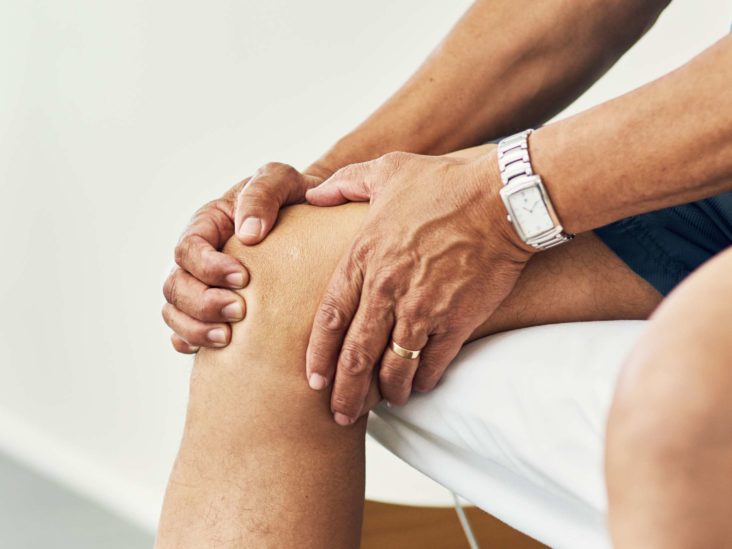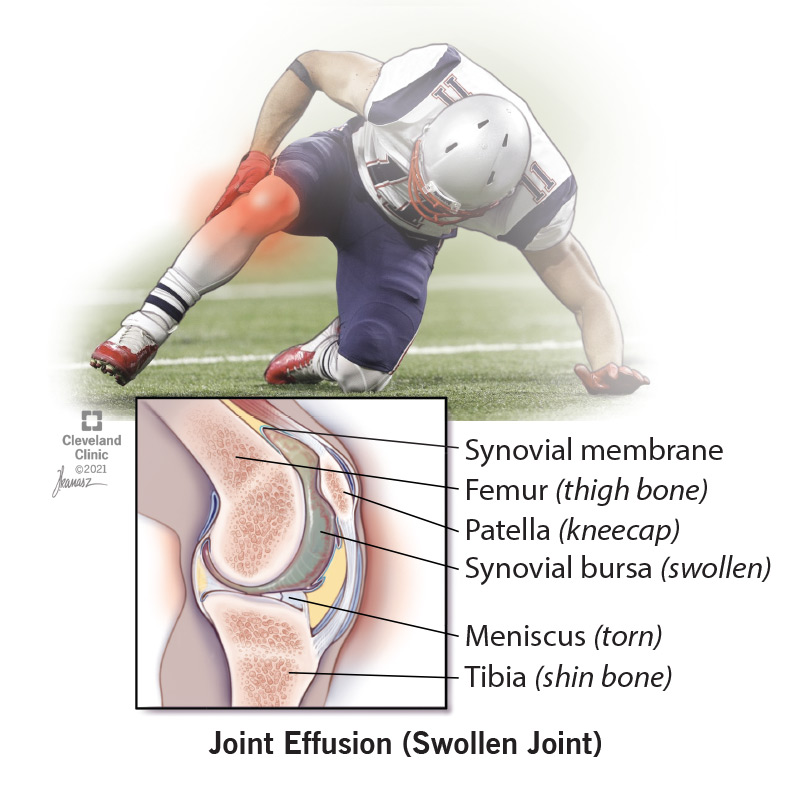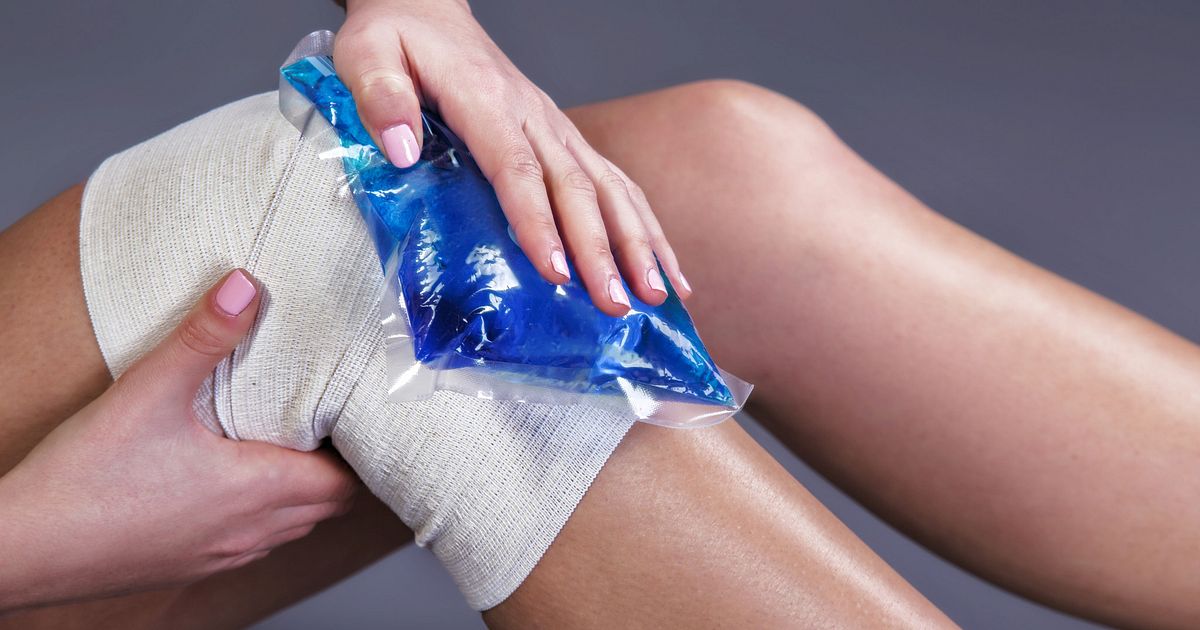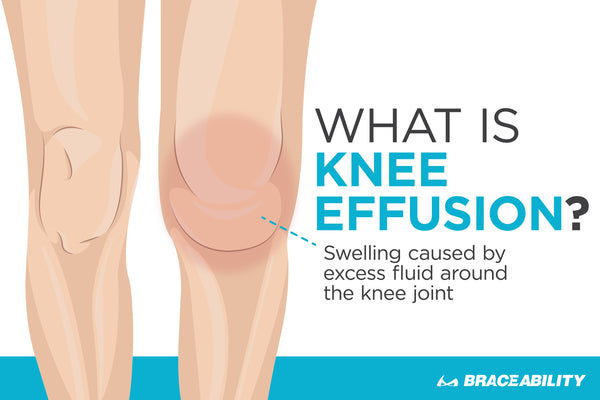Unique Tips About How To Help A Swollen Knee
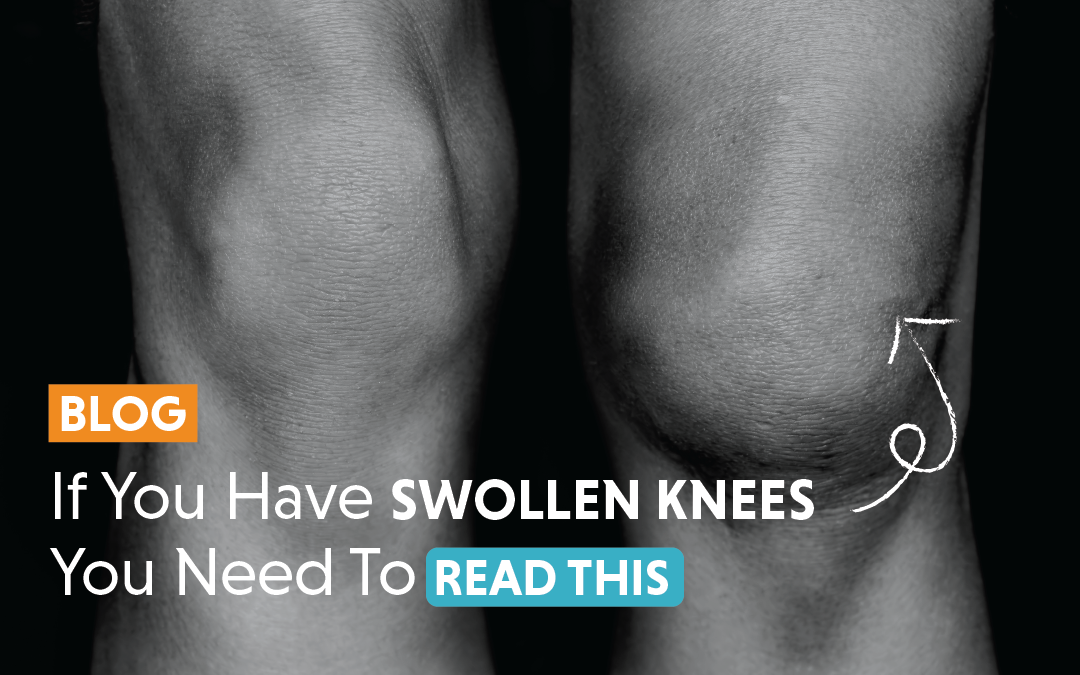
Home care typically involves rest, ice, compression, and elevation (r.i.c.e.) and medication.
How to help a swollen knee. Release the pressure and repeat the stroke five to 10 more times. —which stands for rest, ice, compression, and. Treatment for swollen knee joint will sometimes glitch and take you a long time to try different solutions.
When you ice your knee, be sure to raise your knee higher than the level of your heart. To control pain and swelling, apply ice to your knee for 15 to 20 minutes every 2 to 4 hours. Effleurage is a great way to begin reducing the swelling of the knees.
This will help reduce the swelling and your knee will heal. Apply an ice pack to your knee for 20 minutes at a time several times a day until the pain goes away and your knee no longer feels warm to the touch. You can also apply ice and elevate your knee to help reduce the swelling.
It involves applying gentle pressure to the area using flattened hands and fingers. Use the palm of your hand and glide from the top of your thigh down to just above the knee. Treatment to get rid of fluid on the knee depends on the cause.
If you avoid rest, the recovery time will be delayed. Sometimes removing some of the fluid in your knee (joint aspiration) helps reduce the pain and stiffness. Apply ice to your swollen knee.
If you don’t have ice then use anything cold that you have in your freezer. Ice and elevation apply ice to your knee for 15 to 20 minutes every 2 to 4 hours to help reduce swelling and pain. When your knee is iced, raise it slightly above your heart rate.
/arthritis-knee-pain-treatment-at-home-5100961_final-042c7c7e2ab14735b3b838920fcca190.jpg)

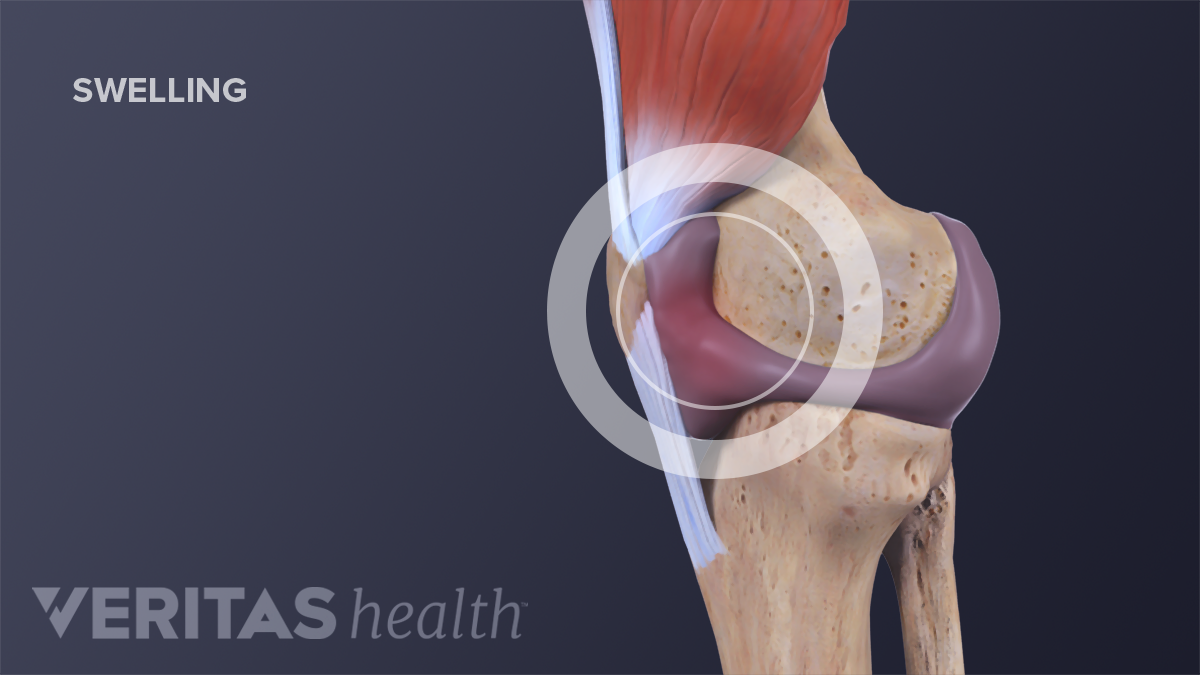
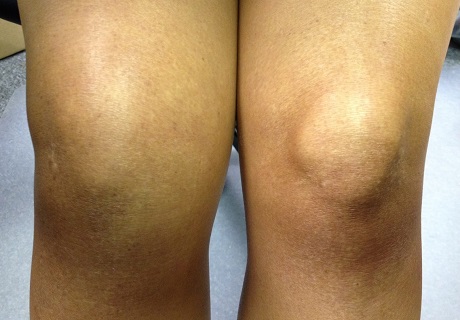

/knee-swelling-2549489-694a97f13a684194b397626425bb0338.gif)


